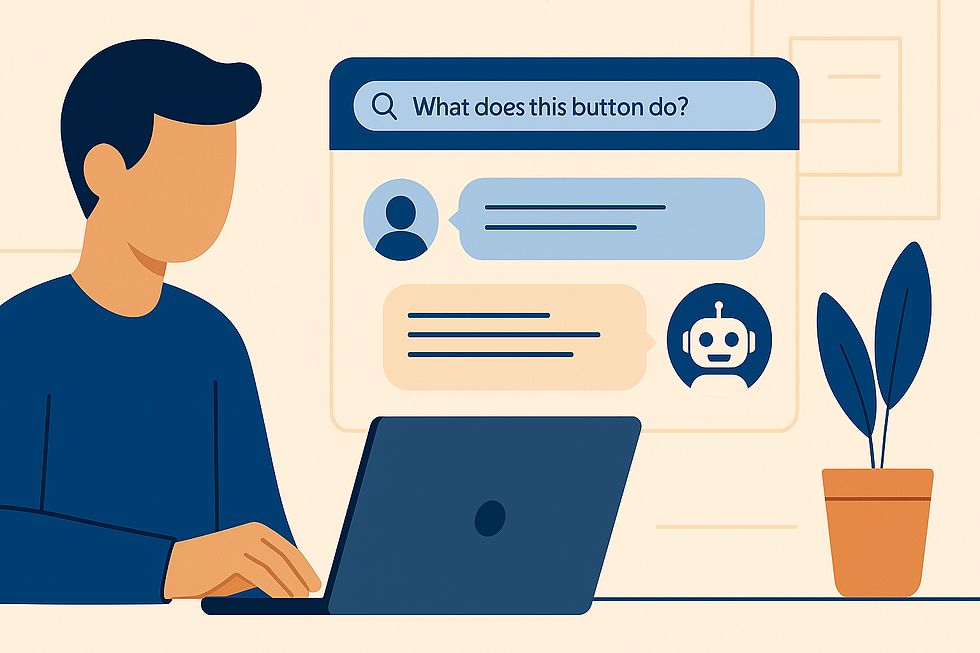AI Agents and Their 7 Limits
- Anne Werkmeister
- Jun 17, 2025
- 2 min read

Why Smarter Doesn’t Always Mean Safer
At Romulus Technology, we work with automation every day, from digitising construction workflows to building intelligent business systems.
So we’ve been watching the rise of AI agents closely.
They’re powerful. They’re fast. And they’re evolving.
But here’s the thing most vendors won’t tell you: AI agents, as exciting as they are, come with serious limitations.
And ignoring those can cost you more than just time.

1. They Don’t Always Know What You Mean
AI agents operate on prompts and loosely defined instructions. That makes them flexible, but also fragile.
Without clear boundaries, agents can misinterpret goals or take actions that make sense to the system but not to the business. In short: they can go off-script, and you might not notice until it's too late.
2. There's No Standard for Safety
You’d expect systems with real-world impact to come with guardrails. But fewer than 10% of public AI agents have external safety evaluations or robust documentation.
That means:
No common framework to certify reliability
No standardized risk reporting
No clear accountability when things go wrong
Would you trust a subcontractor with no credentials, no oversight, and no safety record?Exactly.
3. Infrastructure Is Missing
Today’s AI agents lack basic infrastructure for:
Attribution (who’s responsible?)
Rollback (how do you reverse a bad decision?)
Auditing (what happened and why?)
This creates a risk of invisible impact, where agents make changes, automate decisions, and trigger actions with no human in the loop and no paper trail.
4. They’re Easy to Exploit
Like any smart system, agents are vulnerable to:
Prompt injections
Data poisoning
Task hijacking by malicious actors
And because many AI agents rely on third-party APIs or external tools, security holes can spread fast, especially in loosely governed environments.
5. Transparency Is Lacking
Most AI agent systems are black boxes. You don’t see how decisions are made, which tools were used, or how memory was applied.
That might work for answering trivia. But for business-critical decisions? Not good enough.
6. The Ecosystem Is Fragmented
There’s no shared standard for:
Agent identity
Capability certification
Communication between agents
So every tool, agent, and framework operates in its own silo, making it hard to build reliable, scalable solutions across teams or platforms.
7. Humans Are Still the Failsafe (Even If No One Says It)
AI agents aren’t ready to run without oversight. But very few systems come with real-time monitoring, alerting, or escalation workflows.
That means when something goes wrong, it’s often after the fact.
What This Means for You
If you’re exploring AI agents, for automation, customer service, internal workflows, or field operations, ask the right questions:
Who’s responsible for the agent’s behavior?
Can I audit what it did, and why?
What’s the fallback plan if it fails?
Do I really need an agent, or just a smarter process?
Our Approach
At Romulus Technology, we believe in automation with accountability.
Whether we’re building internal systems or experimenting with AI agents, we focus on:
Clear logic
Transparent workflows
Real-time visibility
Human-first design
Because automation is powerful, but only when it’s built on solid ground.
REMEMBER: AI is still a highly experimental technology and is not well understood.



Comments